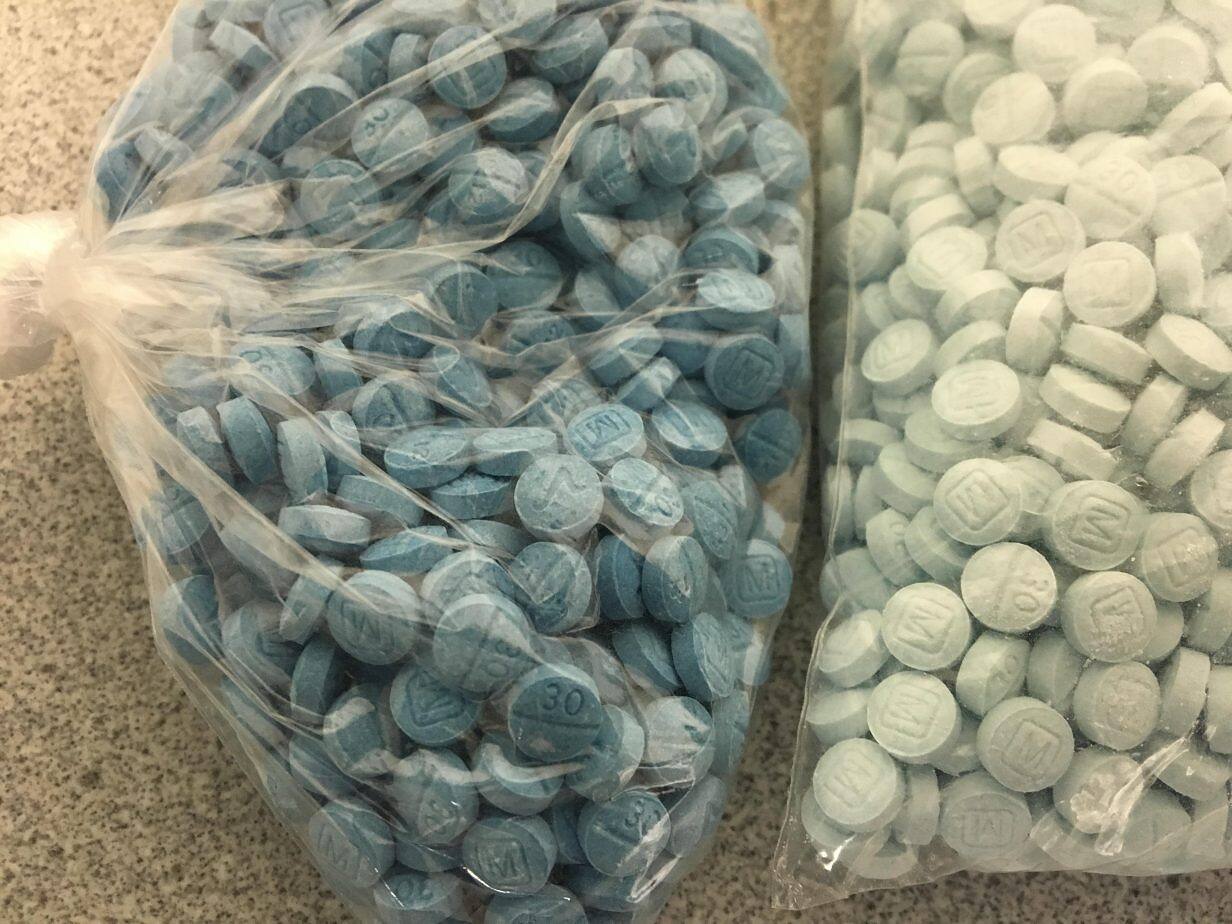
The Future of Fentanyl: China & USA Agreement to Cut Supply of Illegal Narcotic
What Biden & Xi’s Fentanyl Agreement Means
Pushed as a positive sideline to some big political gains and losses was a new agreement between China and the US regarding producing Fentanyl.
This news has left a lot of people wondering about the drug and why it is such an important token in the relationship between two of the world’s biggest powers.
What is Fentanyl?
The rise of Fentanyl has been sharp in the USA. Deaths from the drug have gone from 3,105 in 2013 to 73,654 in 2021, overtaking heroin and prescription opioids.
With 80 % of drug deaths worldwide caused by opioids, the risk of extremely potent synthetic versions is a serious concern.
Fentanyl is a synthetic opioid, which means it is man-made in laboratories – legal and illegal. It is made to be 50 to 100 times stronger than morphine and is used by the NHS as an anaesthetic.
How are China and the US Involved?
Fentanyl may be mostly produced in Mexico and the USA, but the chemicals that are used to make it are largely sourced from China. Much of these are made in the now infamous city of Wuhan.
Prior to the new agreement between Biden and Xi, tension over Taiwan caused the Chinese government to allow Chinese chemical companies to export the required ingredients.
This was demonstrated by how the crisis of COVID-19 lockdown drove increasing drug costs on the street while Wutan’s chemical producers were unable to sell.
How Does This New Agreement Help?
Fentanyl is a new drug, and while opioids have been around for thousands of years, super-strength versions are fairly new.
By agreeing to stop companies from exporting the chemicals to producers, China can reduce the amount of Fentanyl and raise the cost of making it.
Although China may not produce a large amount of Fentanyl for the illegal drug UK market, they are one of the main distributors of the core ingredients.
Is Fentanyl a UK Problem?
Fentanyl use has been steady in the UK after rising for many years. Deaths have stopped rising, although this may have more to do with the expansion of anti-overdose medications like Naloxone than decreasing Fentanyl use.
John Mclean from Detox Plus rehab advice service has noticed people looking for treatment for the drug have been appearing more and more in recent years. ‘We have seen a sharp increase in people in the UK looking for help and rehab for loved ones who started taking Fentanyl. Many of them said they had taken it with other drugs and now needed an opiate detox in a hospital-type unit. It has really taken root here in the UK now.’
The question for everyone concerned about the increasing use of Fentanyl is, will the US and China agreement reduce the amount of Fentanyl available in the UK?
Although a shortage of Chinese suppliers to the UK street drug market did cause rising prices during the COVID-19 lockdown, it also encouraged domestic producers to pop up. However, at the heart of this effort to slow Fentanyl production is the absence of raw materials for production.
By reducing the flow of chemicals to make Fentanyl and other synthetic opioids, China can help keep deadly drugs off the streets.
Demand and Supply for Fentanyl
The idea that where there is demand, there will be supply is an interesting one regarding a drug like Fentanyl. The demand for Fentanyl, however, is not entirely coming from interested consumers of illegal drugs. Rather, drug producers and dealers use Fentanyl to lace other drugs to increase potency and addictiveness. By cutting down available Fentanyl and increasing costs, this new ban could take the profit out of the equation.
Why the Fuss About Fentanyl?
With so many drugs out there, it is hard to understand why all the political jostling over Fentanyl. It is the potency and life-threatening nature of Fentanyl that makes it a real threat. While other drugs may be more rife, uncontrolled illegal production of Fentanyl can easily lead to accidents and people taking fatal doses without realising it is, in fact, Fentanyl they are using. It is easy to see why taking a drug used medically as an anaesthetic and even as a method of execution on death row poses a serious threat to the safety of vulnerable drug users across the world.
Sources
https://pubmed.ncbi.nlm.nih.gov/17152761/


